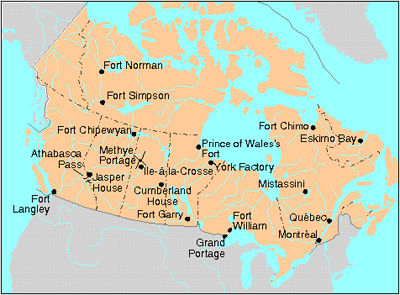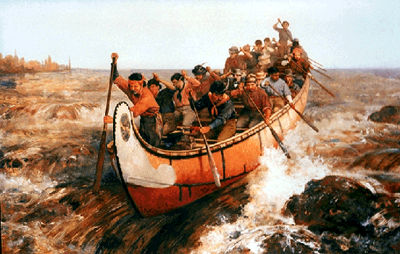Article
South Sea Company
South Sea Company, chartered in 1711 by the British Parliament, with a monopoly over the W coast of the Americas to a distance of 300 leagues out to sea. In 1720 it assumed a large part of the British national debt and almost collapsed that year in a stock market crash known as the South Sea Bubble.







